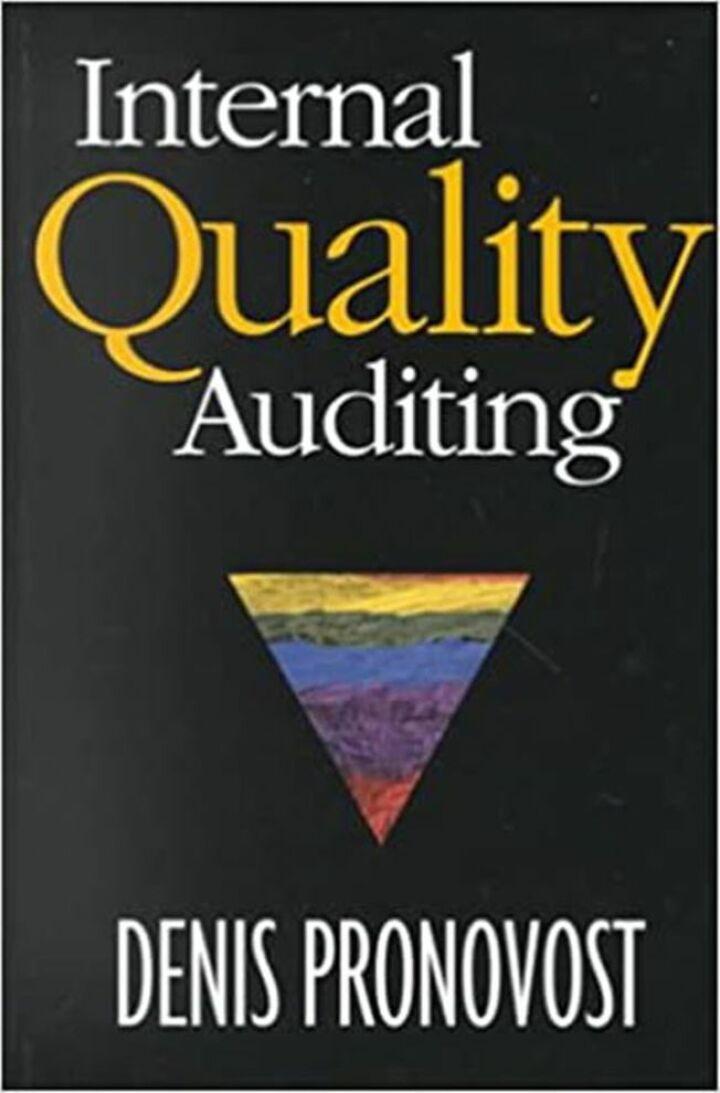Question
Procter and Gamble Co. (PG) has a June fiscal year-end. On June 30, 2006, analysts expected the company to pay $1.41 dividends per share in
Procter and Gamble Co. (PG) has a June fiscal year-end. On June 30, 2006, analysts expected the company to pay $1.41 dividends per share in fiscal year 2007. The company's market beta is estimated to be 0.7. Assume that the risk-free rate is 4.6% and the market premium is 5%. During fiscal year 2006, the company's sales growth was 20.2%. However, analysis reveals that P&G's fiscal 2006 sales include eight months of sales from Gillette after its acquisition by P&G during 2006. Footnotes report pro forma sales that show what the income statement would have reported had Gillette's full-year sales been included in both 2005 and 2006? Specifically, P&G's sales growth would have been 4.4%.
(a) Estimate P&G's cost of equity capital using the CAPM model.
(b) Estimate P&G's intrinsic value using the DDM model assuming that dividends per share are projected at $1.41 per share after 2007. (Hint: Apply the DDM model with constant perpetuity.)
(c) Discuss the appropriateness of the estimate computed in part b in light of the DDM assumption of zero future dividend growth.
(d) If we use the Gordon growth DDM to estimate stock value per share, which of the two growth rates should we use? 20.2% or 4.4%? Explain.
(e) On 6/30/2006, the stock of P&G was priced at $55.6 per share. Infer the market expectation about the future growth rate of P&G's dividend using the DDM with an increasing perpetuity (Gordon growth DDM). Comment on the reasonableness of this inferred growth rate.
Step by Step Solution
There are 3 Steps involved in it
Step: 1

Get Instant Access to Expert-Tailored Solutions
See step-by-step solutions with expert insights and AI powered tools for academic success
Step: 2

Step: 3

Ace Your Homework with AI
Get the answers you need in no time with our AI-driven, step-by-step assistance
Get Started


